New Jersey holds dear to a lot of people’s hearts, and with that comes an expensive lifestyle. New Jersey is home to some of the most expensive towns in the United States. Some towns have experienced dramatic increases in their housing prices, and this growing trend can be attributed to both the state’s economy and past real estate boom.
The most expensive towns in New Jersey are set in the wealthiest state in the country. The median household income is well above the national average and residents are more likely to be in college than the national average.
The cost of living is high; however, so is the quality of life and most residents live in single family homes or villas of moderate size.
Long steeped in tradition, New Jersey’s towns and cities are some of the most historic, and beautiful places in America.
Whether you’re looking for a weekend getaway or a haven to call home, check out these most expensive towns in New Jersey.
12. Far Hills
Location: Millburn Township
Total Households: 1,047
Total Population: 3,319
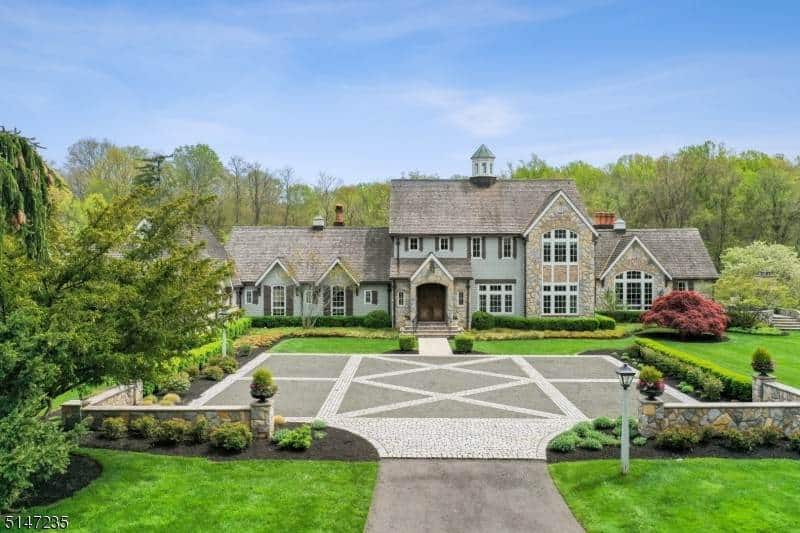
The township of Far Hills is located in Somerset County, New Jersey. Far Hills is a five square mile affluent town, it is also well-known throughout the state since it is home to the yearly Far Hills Hunt and a New Jersey Transit Station.
By April 7, 1921, sections of Bernards Township were used to create Far Hills as a municipality. The New York State-based land developer and real estate dealer Evander H. Schley foresaw the desire for rural homes.
In the 1880s, he purchased a number of thousand acres of agricultural land in the municipalities of Bedminster and Bernards, some of it without having visited it before. In order to view Evander’s farms, Schley’s brother Grant and his wife Elizabeth visited one day in a chariot.
Did You Know?
Elizabeth is credited with giving the place its moniker before a village was founded. She is said to have remarked on the scenic backdrop of the “far hills.”
11. Englewood Cliffs
Location: Millburn Township
Total Households: 1,906
Total Population: 5,349
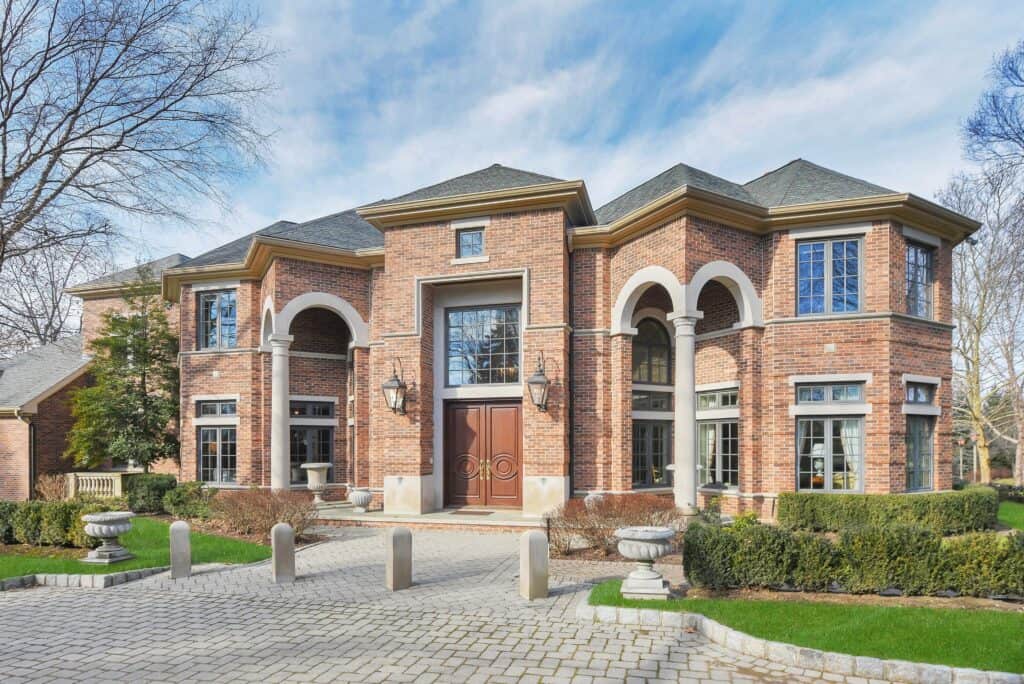
Englewood Cliffs, which is just 9 miles from central New York City, provides a pleasant rural environment, first-rate dining, and the best shopping, all while being only 3 minutes from the George Washington Bridge. In addition, three main airlines and several of New Jersey’s top medical centers are not far from Englewood Cliffs.
Undercliff and Coatesville were two of the towns in the Borough of Englewood Cliffs throughout the 19th century. Both of these places had a distinct historical character of their own.
Just before Palisades Interstate Park arrived in 1900, there were a number of little fishing towns dotting the Hudson River coastline, including Undercliff, which was initially inhabited in 1825.
At the southern edge of Englewood Cliffs is Coatesville, the entirety of which is situated in the Township of Fort Lee. In 1851, lands were created inside Coatesville.
Incorporation took place in 1895 for the current Municipality of Englewood Cliffs. The region was previously merely an extension of the now-extinct Neighborhoods of Englewood and Palisades, which had been created in 1872 from a portion of Hackensack Township.
Did You Know?
The high property prices of the township resulted in an extensive reconstruction actually occurring at the end of the twentieth century, leaving essentially no land accessible for additional building.
10. Alpine
Location: Millburn Township
Total Households: 518
Total Population: 1,459
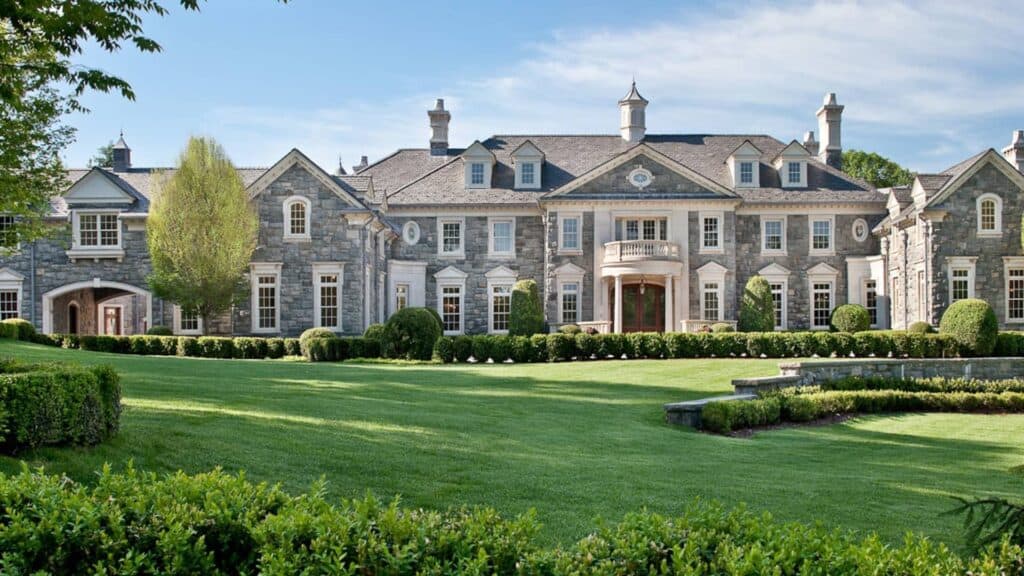
About 15 miles north of Midtown Manhattan, Alpine is a township in Bergen County, New Jersey, in the United States. It is located in the state of New Jersey’s furthest east municipality.
With 1,459 residents, Alpine is one of the wealthiest neighborhoods in New York City. Bergen County’s Alpine is among the greatest areas to reside in New Jersey. Several inhabitants in Alpine own their houses, giving the community a rustic vibe.
Numerous parks may be found in Alpine, which also has a large elderly population and conservative-leaning locals.
On April 8, 1903, a law passed by the New Jersey Legislature divided Harrington Township into Alpine. In 1904, a piece of Cresskill was taken up by the municipality.
The spouse of journalist Charles Nordhoff, who thought the landscape reminded her of the Swiss Alps, is credited with coming up with the name of the town.
Did You Know?
In 2012, Forbes listed Alpine as one of the costliest zip codes in America, and it has continued to hold that illustrious position ever since.
9. Rumson
Location: Millburn Township
Total Households: 2,960
Total Population: 8,348
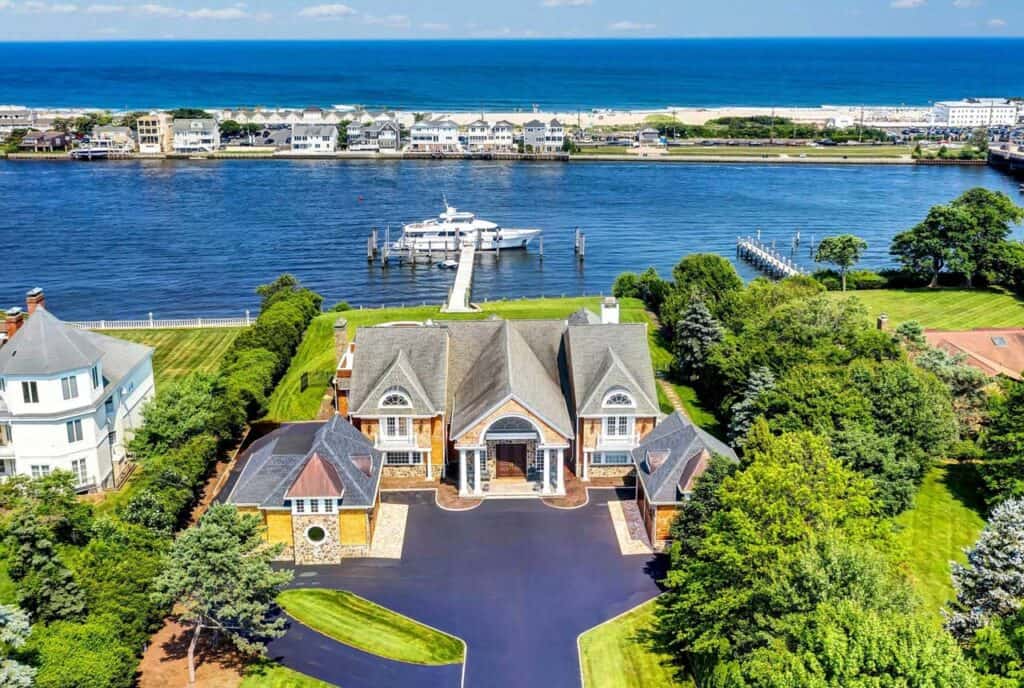
On a stunning peninsula with a view of the ocean, Rumson is located. It is bordered by the streams Shrewsbury and Navesink. The Rumson Peninsula was undoubtedly a picturesque spot thanks to its exceptional position and surrounding natural splendor. A lot of that natural beauty has survived.
Oceanic, Port Washington, and Black Point were a few of the names Rumson had in the previous era. These days, 5.2 square miles make up the Municipality of Rumson. 133 streets and five state roadways are among the 40 kilometers of roadways that make up this area.
After purchasing the property from the local Americans in 1665, the ancient Rumson area was colonized. The Peninsula was home to the Lenni-Lenapé, a smaller clan of the Delawares who gave it the title Navarumsunk.
This name was abbreviated and transformed to Rumson over time. In 1907, Rumson became a suburb after being formally implemented.
Did You Know?
The town’s old facility, Bingham Hall, underwent substantial renovations and restoration in 2005, turning it into a genuine gem of the Town.
8. Saddle River
Location: Millburn Township
Total Households: 3,867
Total Population: 11,439
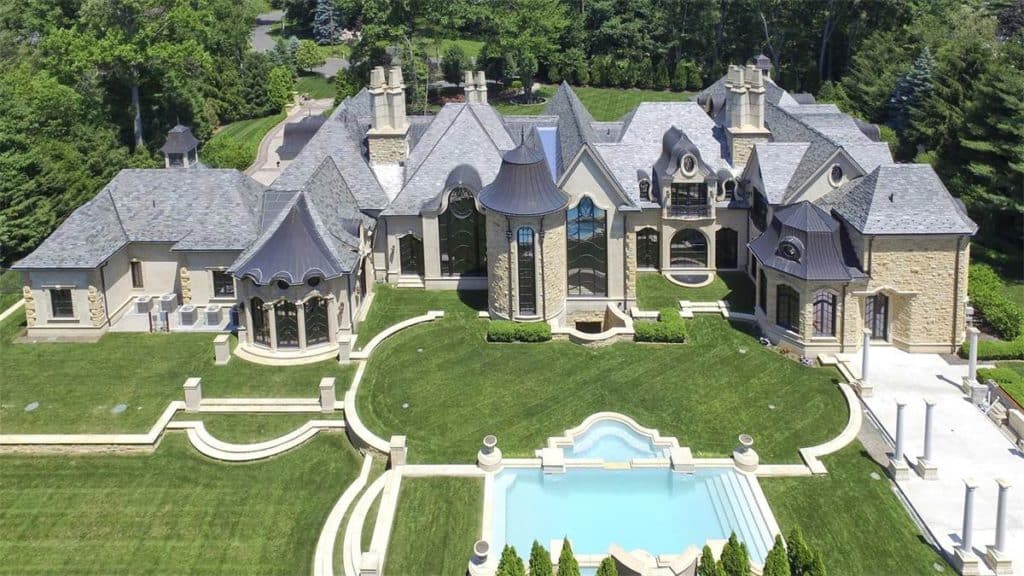
United States of America’s Bergen County encompasses the town of Saddle River. Only about 25 miles northwest of Manhattan, it is considered one of the wealthiest hamlets of New York City.
Its lowest planning restriction of two acres for dwellings contributes to the pastoral character of the area, which is well renowned for its farmlands, streams, woods, and natural landscapes. Both contemporary mansions and elegant ancient properties may be found throughout the municipality.
Saddle River was inhabited by Lenni Lenape until the middle of the 18th century, who arrived there some 10,000 years ago. Just one single tribesman called Mashier remained at Saddle River after the entire community irrevocably fled in 1756 to take care of their graves.
Despite the fact that the Lenni Lenape did not leave behind any structures at Saddle River, a sizable rock known as Indian Rock, which served as a holy Native American gathering spot, is still there in the nearby woods along Twin Brooks Road.
Did You Know?
The Lenni Lenape Native Americans were the very first people to live in the region that is known today as Saddle River.
7. Montgomery
Location: Millburn Township
Total Households: 7,755
Total Population: 23,502
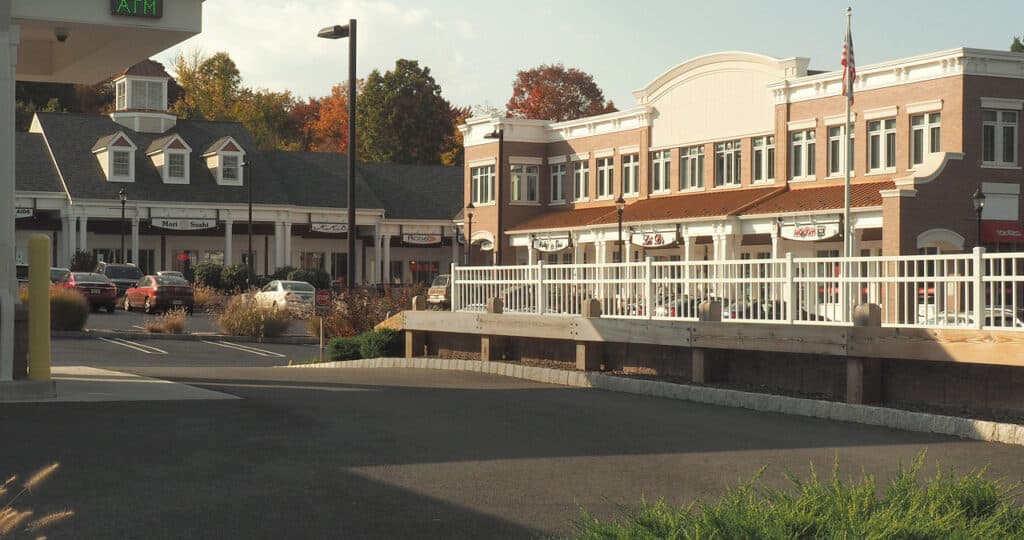
One-third of the property in Montgomery Borough has been kept as open area and farmland, helping it to preserve much of the beauty of its countryside and agricultural past.
The municipality is home to hundreds of ancient homes and structures, as well as clear streams, picturesque streets, and pathways.
In between Sourland Mountain and the Millstone River, Montgomery County spans around 32 square miles. Before Dutch immigrants came in the 1600s, the local Lenni Lenape tribe fished here just for fish that were migrating.
Up until Montgomery Municipality was founded in 1798, the region was referred to as Somerset County’s “Western Precinct.” The name is a tribute to Colonel Richard Montgomery, who perished during the Revolutionary War.
Did You Know?
The area between Sourland Mountain and the Millstone River was known as Lenapehoking by the Lenape.
6. Chatham
Location: Millburn Township
Total Households: 6,304
Total Population: 18,626
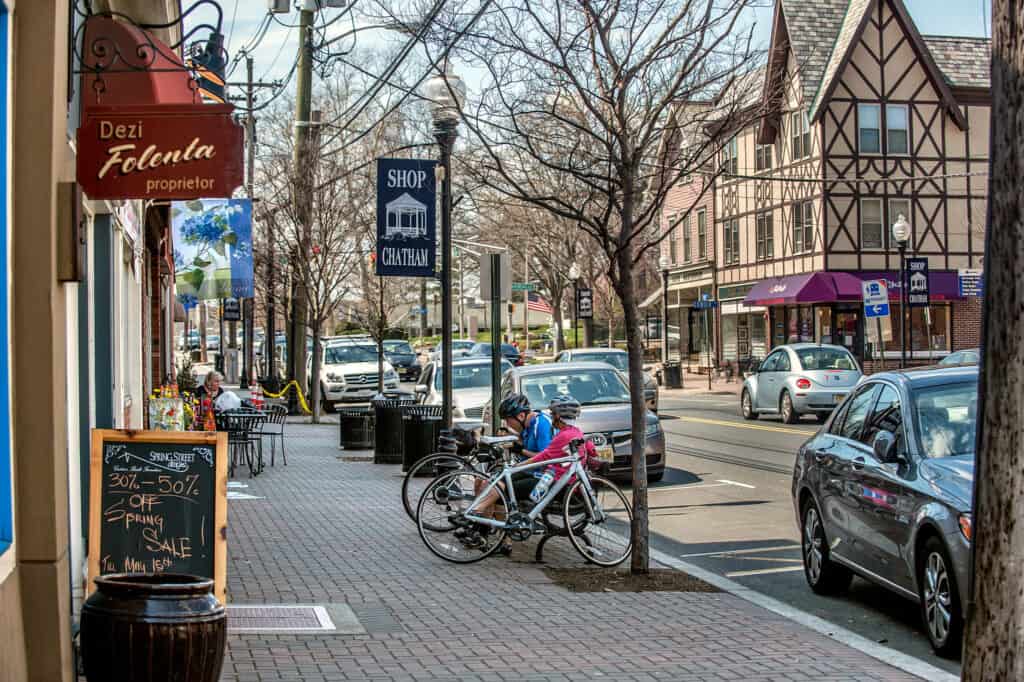
The municipality of Chatham is situated in the Medway unitary authority, which is part of the ceremonial county of Kent in England. Together with the nearby communities of Strood, Rochester, Rainham, and Gillingham, the municipality constitutes a metropolitan area.
The community rose to prominence around Chatham Dockyard, a number of Army barracks, and nineteenth-century forts that protected the dockyard from attack. Brompton Barracks, where the Corps of Royal Engineers is still housed, is located in Chatham.
The Great Swamp, a vast, deep lake covered Chatham County ages ago that was once the southernmost border of a glacial area.
Many of the township’s other distinctive characteristics were also contributed by the same ice sheet, including the Passaic River running along its entire southern border, the wooded ridge that runs parallel to the river, and the gently rolling hills that provide a broad view over and extending beyond the Great Swamp.
Did You Know?
The County of Chatham was given its name in remembrance of Sir William Pitt, the senior Earl of Chatham, who had advocated for colonists in Parliament.
5. Glen Ridge
Location: Millburn Township
Total Households: 2,441
Total Population: 7,716
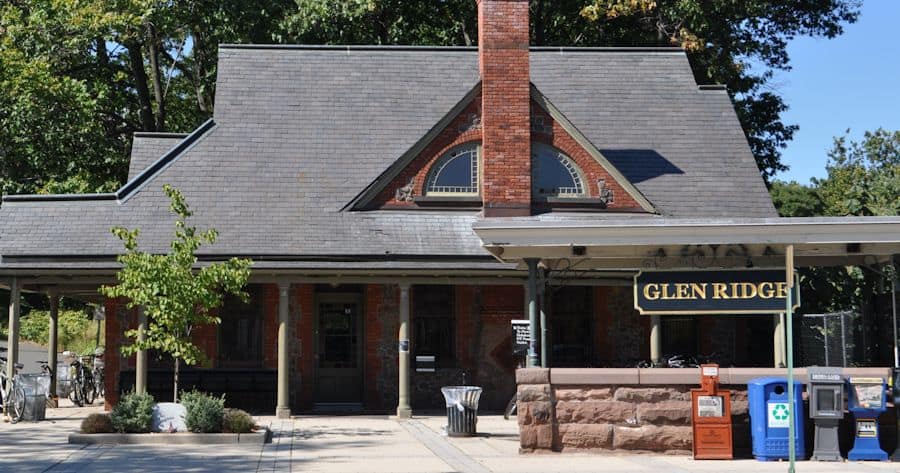
There are about 7,000 people living in the residential neighborhood of Glen Ridge. Within its 1.5 sq miles, which are East Orange, Montclair, Bloomfield, and Orange, there are 2,200 homes.
Glen Ridge dates back to 1666 when 64 Connecticut households under the leadership of Robert Treat purchased the property from the Lenni Lenape Indians and gave it the name New Ark to signify a promise to practice their religion without interference.
Glen Ridge started to develop as a suburban residential area with the introduction of the Newark and Bloomfield Railroad in 1856 and the New York, Montclair, and Greenwood Lake Railroad in 1872. Orchards and forested areas were gradually replaced by opulent mansions.
Buildings with exceptional quality and design for their period are among Glen Ridge’s architectural legacies, and renowned architects were part of its development. The Frank Lloyd Wright modern house is the most noteworthy.
Three older residences are credited to Stanford White, while one Georgian mansion is the creation of John Russell Pope.
Did You Know?
The gaslight is among the numerous gifts that the town’s pioneers left for it, and it has grown to symbolize the town. Glen Ridge’s tree-lined streets are illuminated by 667 gaslights, out of the total 3,000 gaslights still in use in the United States.
4. Essex Fells
Location: Millburn Township
Total Households: 693
Total Population: 2,022
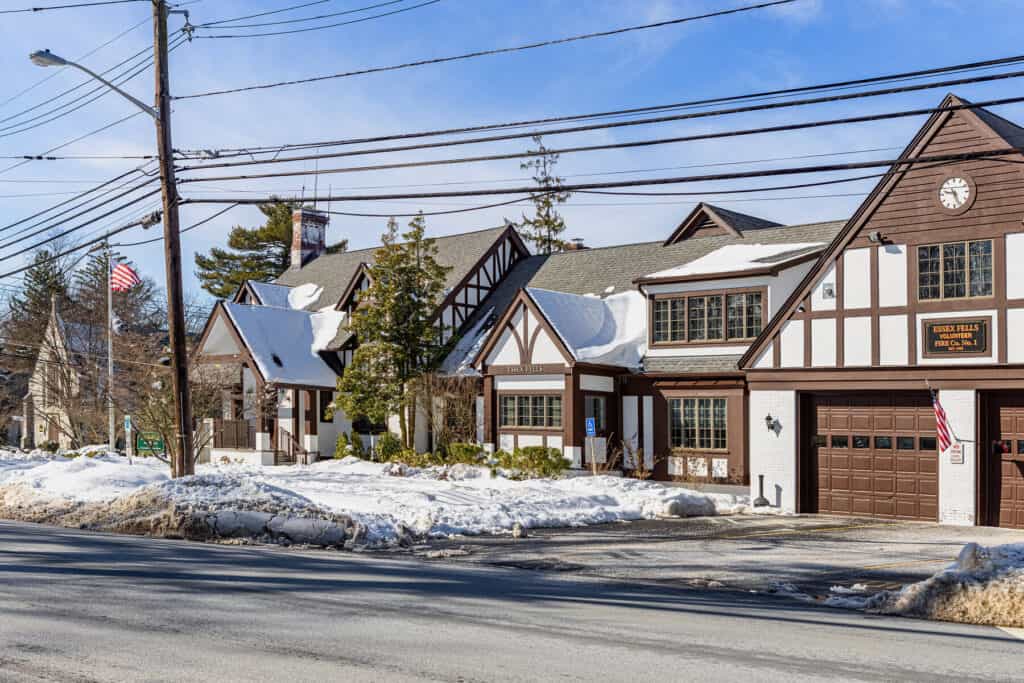
There are 2,037 people living in the New York City township of Essex Fells. One of the nicest areas to reside in New Jersey is Essex Fells, which is located in Essex County. Inhabitants of Essex Fells enjoy a traditional life, and the majority own their houses. It is home to several families, and its citizens often hold neutral political viewpoints.
On March 31, 1902, the New Jersey Legislature passed an act creating Essex Fells as a town out of sections of the now-extinct Caldwell Township. To benefit from federal income-sharing regulations, Essex Fells became a township in 1981. It reverted to being a borough on January 1, 1992.
The Lenni Lenape Native Americans were paid $325 in goods for the 14,000 acres Horseneck Tract in 1702, which was named for its asymmetrical design that resembled a horse’s neck and head.
From the Orange, or First Mountain in the Watchung Mountain range to the Passaic River, the majority of western Essex County was covered by this acquisition.
Did You Know?
In its 2008 assessment of the “Greatest Places to Live” in New Jersey, New Jersey Monthly magazine named Essex Fells as the tenth most desirable place to live.
3. Mountain Lakes
Location: Millburn Township
Total Households: 1,385
Total Population: 4,278
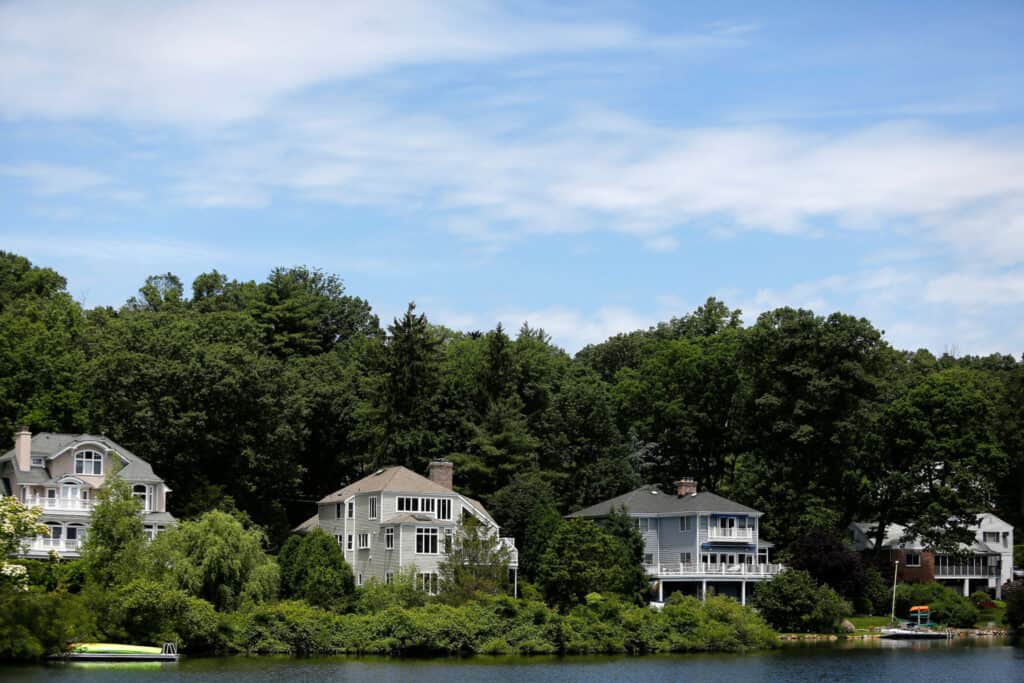
With an inhabitants of 4,249, Mountain Lakes is a known expensive borough in New York City. One of New Jersey’s top locations to reside in Mountain Lakes, which is located in Morris County. Most settlers in Mountain Lakes are house owners, giving the community a rustic air.
Conservative values are prevalent among Mountain Lakes residents. Mountain Lakes’ public schools have excellent ratings.
Few families, including Ball, Righter, Van Duyne, and Grimes, owned Mountain Lakes in 1910, which was then a rural woods. That being said, Mountain Lakes underwent a complete transformation in just ten years, going from a remote area filled with Dutch and English residences to a planned wealthy town of enormous stucco homes today known as “Lakers.”
While many other developed townships have started losing their character to intrusive expansion, Mountain Lakes is still thriving presently, remarkably constant after nearly 90 years.
Experienced developers have praised Mountain Lakes’ ability to maintain its historical architecture and identity as being exceptional among American towns.
Did You Know?
As Hapgood began to construct the first residences in Mountain Lakes, New Yorkers left the city to avoid the heat. On March 17, 1911, the first resident, Lawrence W. Luellens, moved into 46 Dartmouth Road.
2. Ho Ho Kus
Location: Millburn Township
Total Households: 1,438
Total Population: 4,096
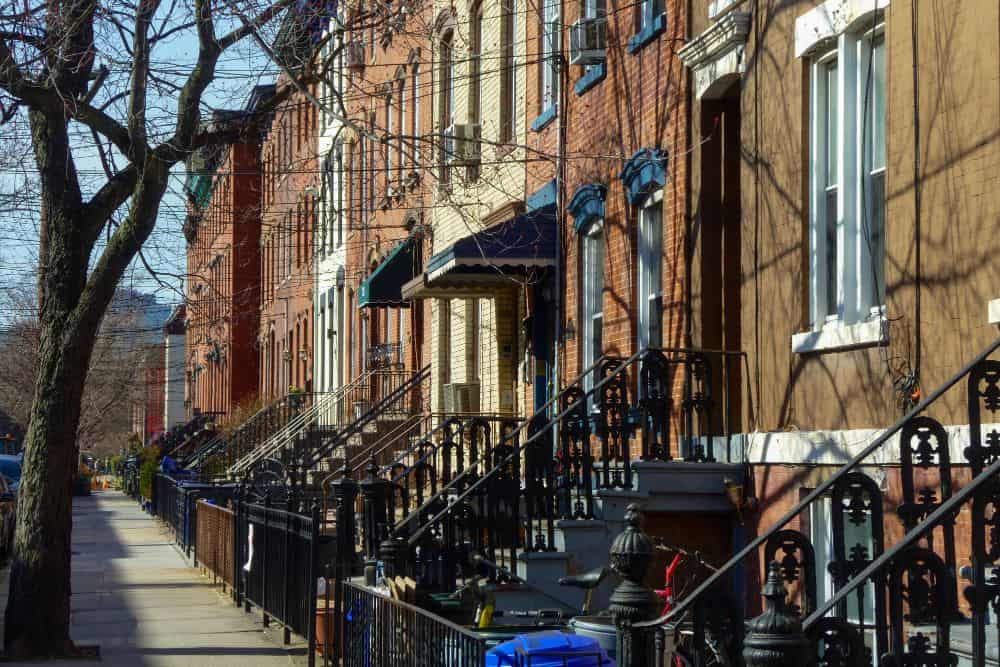
Ho Ho Kus, a community in Bergen County close to New York City with a beautiful downtown, is one of the wealthiest communities in New Jersey. Ho-Ho-Kus, which was initially found in 1698, has a lengthy history with deep Native American origins.
As the original residents of the region that became Ho-Ho-Kus, the Lenni-Lenape American Indian Tribe resided here, used the routes, went fishing in the streams, roamed the forests, and worked the land.
The town of Ho-Ho-Kus was established on October 12, 1908, through an act of the New Jersey Legislature, based on what had previously been the town of Orvil, which had been founded on March 8, 1905, from parts of Orvil Township.
Based on per-capita income in the state of New Jersey, Ho-Ho-Kus is largely an affluent and upper-middle-class residential neighborhood of New York City. Ho-Ho-Kus, with a typical house price of $901,841, was placed 268th nationwide in the Forbes 2010 study of the costliest ZIP codes in America.
Did You Know?
Ho-Ho-Kus’s name is still ambiguous in terms of its meaning. The name is most likely a derivation of the Delaware Indian phrase “Mah-Ho-Ho-Kus,” which means “the red cedar,” according to the town’s historical record on its webpage.
1. Short Hills
Location: Millburn Township
Total Households: 4,306
Total Population: 13,700
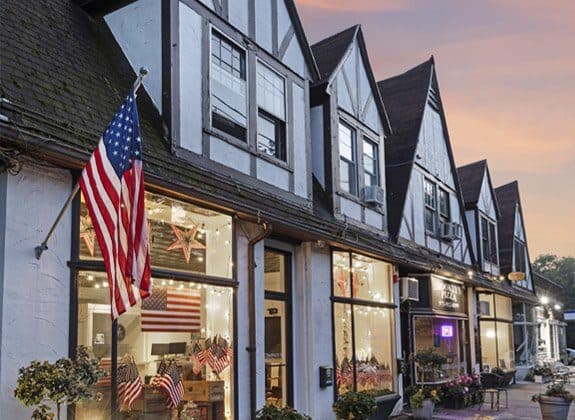
Short Hills is the most expensive town in New Jersey with a median household income of $250,001 annually. Short Hills, a posh neighborhood with winding roads and multimillion-dollar homes, is found in the town of Millburn in the county of Essex.
Essex County’s Millburn Township, also known as Short Hills, is a warm, endearing, and affluent community that is the ideal spot for both residents and guests to experience life.
It offers the ideal assortment of small-town life and accessibility to New York City, as well as its own unique mix of local businesses providing high-quality services and dining, leisure, and shopping.
Millburn had agricultural colonial beginnings from the start, transitioning to a mill industry in the 19th century, after which it became a Victorian residential area.
The Hessian House, other lovely residences from various eras, as well as the township’s two historic districts, Short Hills Park and Wyoming, are just a few of the many symbols of this rich past that are still visible today.
Did You Know?
By way of a concession from Charles II to his brother James in 1664, Millburn Township was originally a component of the Elizabethtown and Newark colonies in New Jersey.
